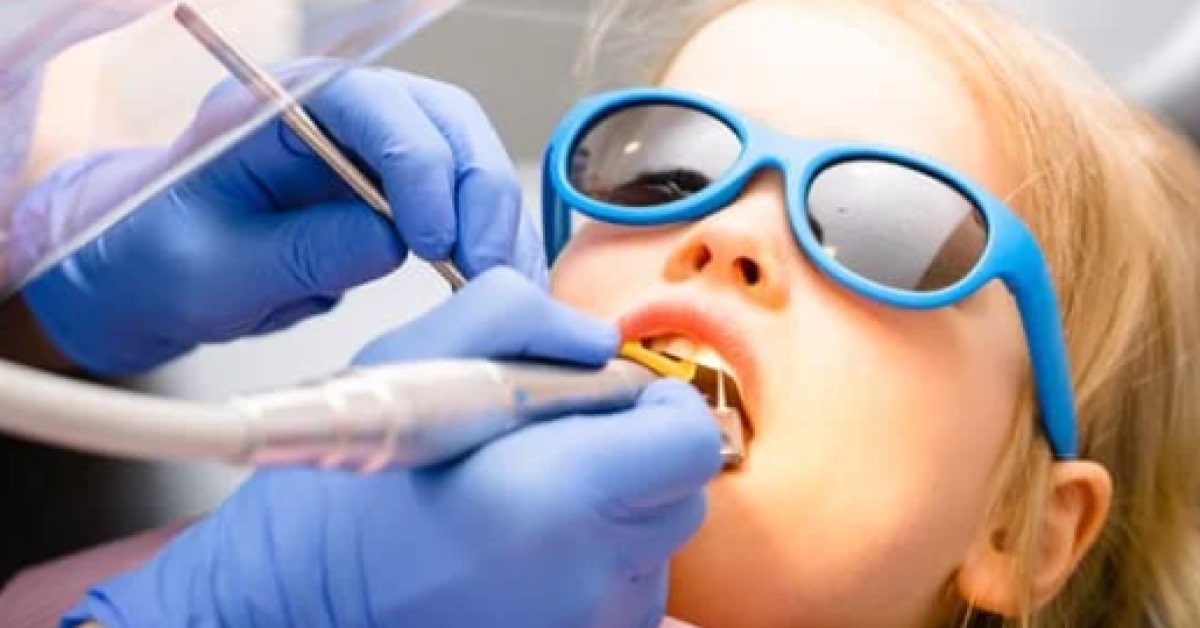Blog
May 21, 2019 • 8 min readThe Hidden Gem in your Practice Is Medical Billing for Dentistry
To increase production, treat conditions with high returns billing medical, use teamwork, know medical jargon, and involve medical doctors.
Author

Laurie Owens
CPC | CPB | COC | Director Of Medical Billing Education for Devdent

In this Article
Trying to increase production can be very difficult because of coupon practices. But, there’s another route that allows you to provide high-quality care for your patients while maximizing your production. This includes these four simple steps:
Steps To Maximise Production
- Treating Conditions That Have High Returns Billing Medical.
- Using Teamwork to Ensure Medical Billing Success.
- Knowing Specific Verbiage for Medical Necessity.
- Allowing the Medical Doctor Into the Mining Scene.
1. Conditions That Have High Returns Billing Medical
Total health is greatly affected by and connected to oral health. So, think of all the medical conditions that affect the body on a larger scale but have symptoms that need to be treated in the head and neck. These are the “diamonds” in medical billing in your practice. However, these are the major medical conditions that are the top two hidden gems in your practice: Diabetes and Xerostomia.
Diabetes
The correlation is so prominent that medical combined them into two diagnosis codes per diabetes type: Type I or II diabetes with perio and Type I or II diabetes with oral complications.
Here are some things that periodontal disease causes:
- Makes HbA1c control difficult
- Changes in blood vessels
- Increases bacteria
- Creates a greater chance of tooth loss
- Painful chewing problems
So, the “gem” is that all procedures you do in your office for diabetics should be billed to medical.
Xerostomia
The invisible destruction of the oral cavity. While dry mouth is not a “disease”, it is symptomatic of many underlying conditions.
Causes of dry mouth include:
- The side effect(s) of certain medications. Dry mouth is a common side effect of many prescription and nonprescription drugs, including drugs used to treat depression, anxiety, pain, allergies, colds (antihistamines and decongestants), obesity, acne, epilepsy, hypertension (diuretics), diarrhea, nausea, psychotic disorders, urinary incontinence, asthma (certain bronchodilators), and Parkinson’s disease. Dry mouth can also be a side effect of muscle relaxants and sedatives.
- The side effect(s) of certain diseases and infections. Dry mouth can be a side effect of medical conditions, including Sjogren’s (Sicca) syndrome, HIV/AIDS, Alzheimer’s disease, diabetes, anemia, cystic fibrosis, rheumatoid arthritis, hypertension, Parkinson’s disease, stroke, and mumps.
- The side effect(s) of certain medical treatments. Damage to the salivary glands can reduce the amount of saliva produced. For example, the damage could stem from radiation to the head and neck or chemotherapy for cancer.
Xerostomia as a symptom of a serious medical issue qualifies it to be billed to medical. Considering the wide range of diseases, medications, and treatments that it is linked to, this is a huge medical billing opportunity to watch out for.
2. Using Teamwork to Ensure Medical Billing Success
Insurance billers know that chart notes can either make or break their case. So, good chart notes are a necessity! For medical billing in dentistry, it is imperative that we speak in their terminology.
This starts with clear, defined expectations for your team members. If the expectation is not there of what is needed, they won’t even know what the insurance billers need. It will be slightly different for every practice, but an example of roles and responsibilities for medical billing in dentistry may look like this:
- The admin team collects a complete health history, trauma form, insurance cards, and the primary complaint.
- Assistants administer the diagnostics/radiographs per doctor orders in the huddle, blood pressure and pulse, HbA1c testing, and PH diagnostic.
- The hygienist does complete perio charting.
- Oral Physician completes intra & extra oral exam, assesses radiographs, reviews concerns of patient’s health history, and explains treatment recommendations to the patient as well as what could happen if they don’t move forward.
If every team member does their part, then adding medical billing to your dentistry practice will be a smooth and easy addition.
3. Knowing Specific Verbiage for Medical Necessity
There are words that medical does not want to hear…teeth, teeth, teeth, and teeth. What we are doing by placing an implant is restoring the maxillary or mandibular arch. What we are doing by placing a bone graft is correcting the moderate atrophy of the mandibular or maxillary arch. Our dental insurances understand this verbiage.
The same goes for when we speak medical. Knowing and using the verbiage that medical insurances will understand is key. Changing how we speak can make all the difference in our medical claims being paid.
If you’re going to bill medical and not use their verbiage, it would be like diamond mining and never changing the spot you are digging… It is not going to be profitable.
4. Allowing the Medical Doctor Into the Mining Scene
As oral physicians, we must realize that there are some things that our doctors cannot diagnose. DDS and DMD must stay within the scope of their license, which is head and neck. This is when we need confirmation from our medical counterparts for things like GERD (our doctors see the result of acid reflux but it stems from the stomach), migraines (these can be with aura or without), cancer of any kind (there are too many to even try to pick a diagnosis for), and many more. Nurses are very willing to confirm the diagnosis codes they are billing on behalf of our patients.
Allowing the medical doctor into the mining scene is a way to build a relationship with a local physician that can support and confirm diagnoses. Working together to look for these medical causes will be beneficial to you, your medical billing, and will help keep your patient’s healthier.
So, let me ask you, are YOU finding gems in your practice for medical billing? Or, are you stuck mining in the dental insurance game that gives you pennies on the dollar if it is paid at all? It is time to change direction and look for the hidden gems in your practice! If you just start with these four simple steps, you will be well on your way.



